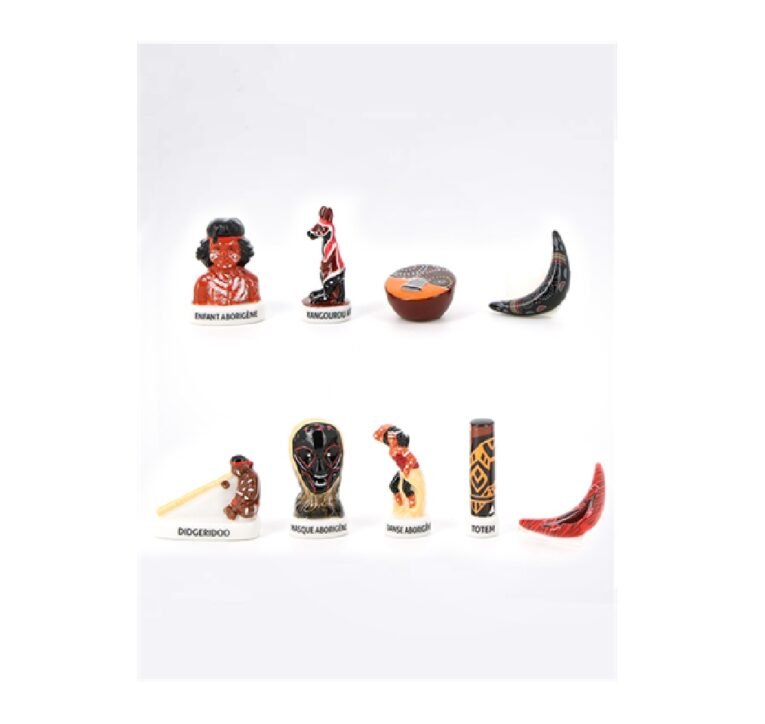Discover the charm of this exclusive Australian fève collection, a unique tribute to Australia’s most iconic symbols. Each fève (king cake charm) is carefully crafted in porcelain and hand-painted, offering collectors an authentic miniature treasure to celebrate Australia in a playful, premium way.
Perfect for Epiphany celebrations, fève collectors (“fabophiles”), French expatriates, and lovers of Australian culture, this collection blends French tradition with Australian spirit. Limited edition and highly collectible, these fèves add an elegant touch to any galette des rois or display shelf.
| Material | High-quality porcelain |
| Finish | Hand-painted details |
| Size | Approx. 2–3 cm |
|
The collection features beloved symbols representing Australia’s nature, culture, and wildlife:
|
✅ What is a fève (king cake charm)?
-
A small figurine hidden inside the Galette des Rois (King Cake).
-
French tradition: the person who finds the fève becomes king or queen for the day.
-
Their creations blend heritage, art, and humor — small objects that tell stories.
🏺 Why They’re Special
-
100% Made in France and handcrafted.
-
Combines traditional techniques of porcelain and faience with modern creativity.
-
High-quality, authentic French know-how.

